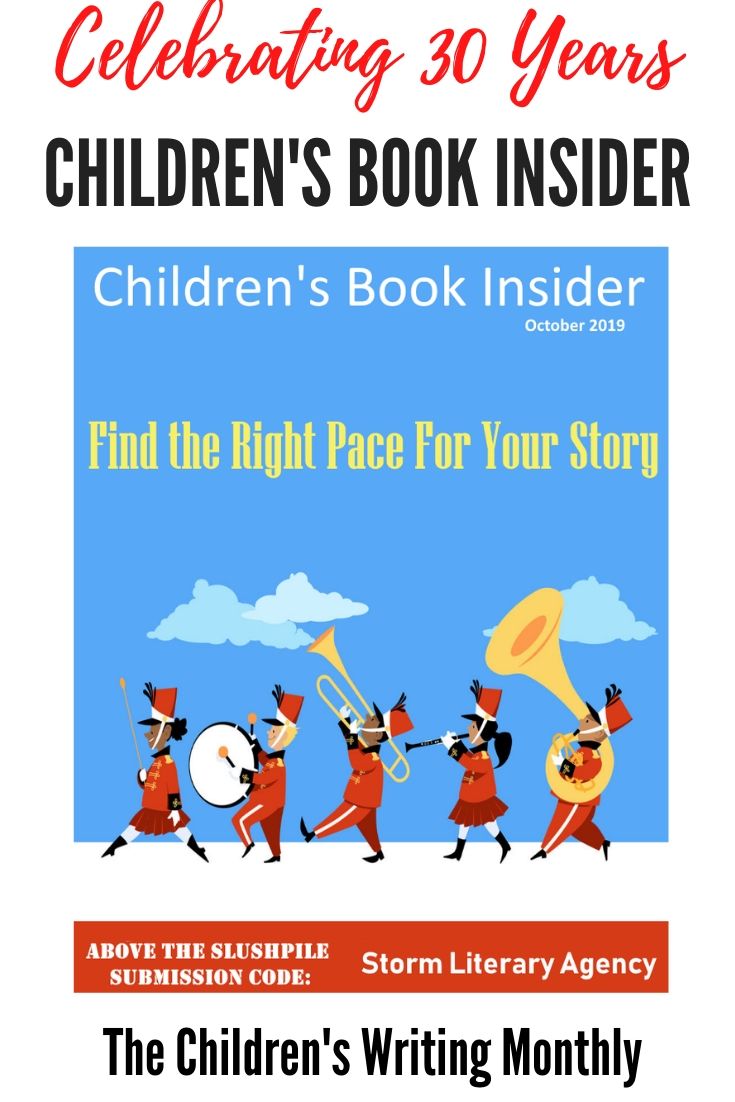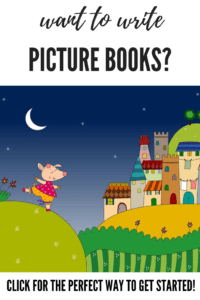
DO:
- Learn the market. Spend lots of time in your local bookstore and library, reading through current bestsellers. Try to discover what they have in common, and how they differ from the books of your childhood.
- Perfect your craft. Before worrying about seeing your name in print, really learn how to write. Take courses, read “how-to” books, join a writing group, and so on. Master dialog, characterization and plot. Write for the sake of writing, and enjoy the journey — you’ll have plenty of time to chase a publishing contract later.
- Focus your attention on “hot” areas in children’s publishing. Talk to local booksellers and children’s librarians to get insight into what’s hot now.
- Request publisher guidelines and catalogs before submitting your work to a publisher. Study these to make sure your work is what the publisher is currently seeking.
- Learn to write a crisp, upbeat query letter that will grab the attention of a harried editor.
- Be persistent. Success as a writer rarely comes easily or quickly. Don’t get discouraged by rejection…just keep writing!
DON’T:
- Assume that today’s kids’ books are just like the ones you read as a child. Juvenile literature is more sophisticated, creative and far-ranging than ever before. Dick & Jane don’t cut it anymore!
- Get bogged down in cliches. Editors are sick of cute talking animals, “ugly duckling” stories about shy wallflowers who save the day, and moralistic tales that shout “it’s OK to be different!” Strive for originality. (A note about taking animals: Talking animals aren’t completely taboo, it’s just that most writers don’t do them very well. What’s important is that your animals have completely developed, unique personalities and characteristics. You need to develop these characters just as carefully as if you were creating human characters. Too many writers use their animal characters as stereotypes, thinking kids will be immediately drawn to them just because they’re animals. Everything your animals say and do should be a logical extension of their individual personalities.)
- Treat kids like babies. Don’t talk down to your readers. Use rich and interesting language that evokes strong visual images, not baby talk.
- Preach. Your job as a writer: to entertain. If your story has a message, tell it through the plot and characters, not by a “moral” tacked on to the end. Here’s a video that explains how to do it.






Editing and lowering your word count when writing a children’s picture book can’t be stressed enough. I was at a peer to peer writers workshop and saw this problem again and again. Our audience is young first time readers so saying more with less words is what is needed. The pictures will tell the rest.
Rich Olson/children’s book illustrator
http://braintofu1.blogspot.com
Speaking of “Dick and Jane”, if they were to be updated for a new generation of children, my advice would be:
Don’t just make them run.
Give them a REASON to run!
Are they being chased by a pack of wild dogs?
Did Dick throw rocks at a hornets’ nest?
Did a local farmer’s bull escape the pasture?
Did a local scientist mess with some dinosaur DNA?
I completely agree Kristina! Let’s add some conflict, some cause-and-effect, and some tension to the scene. Any of your examples above would make for a very exciting story. 🙂